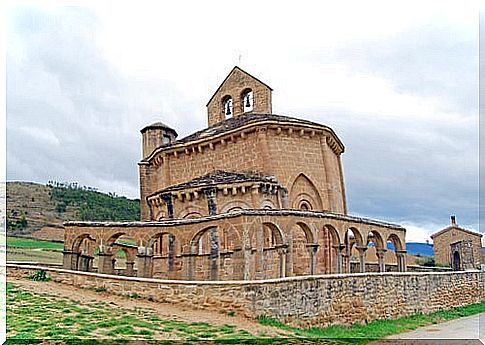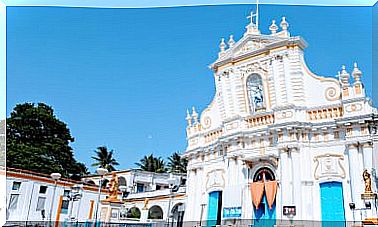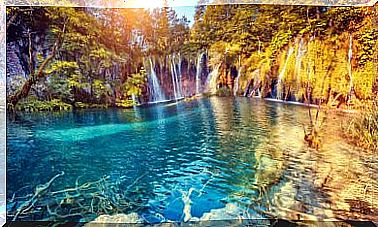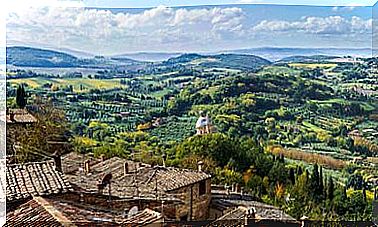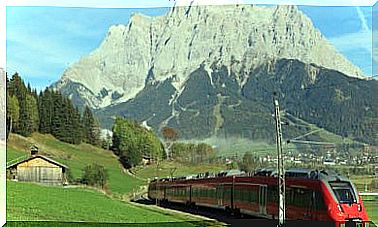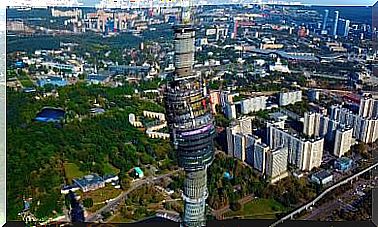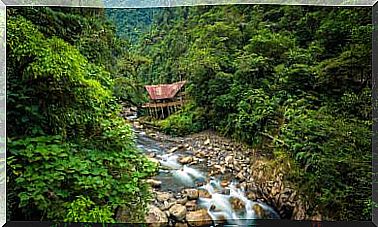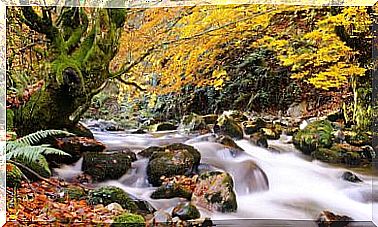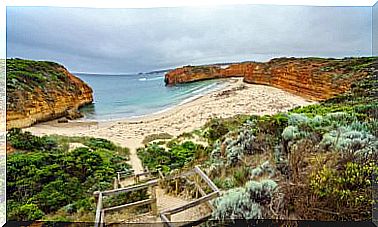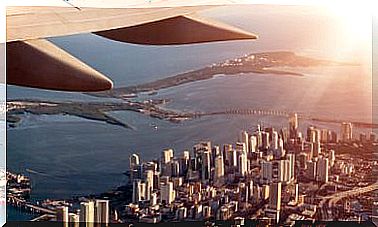A Route Through The Romanesque Treasures In Palencia
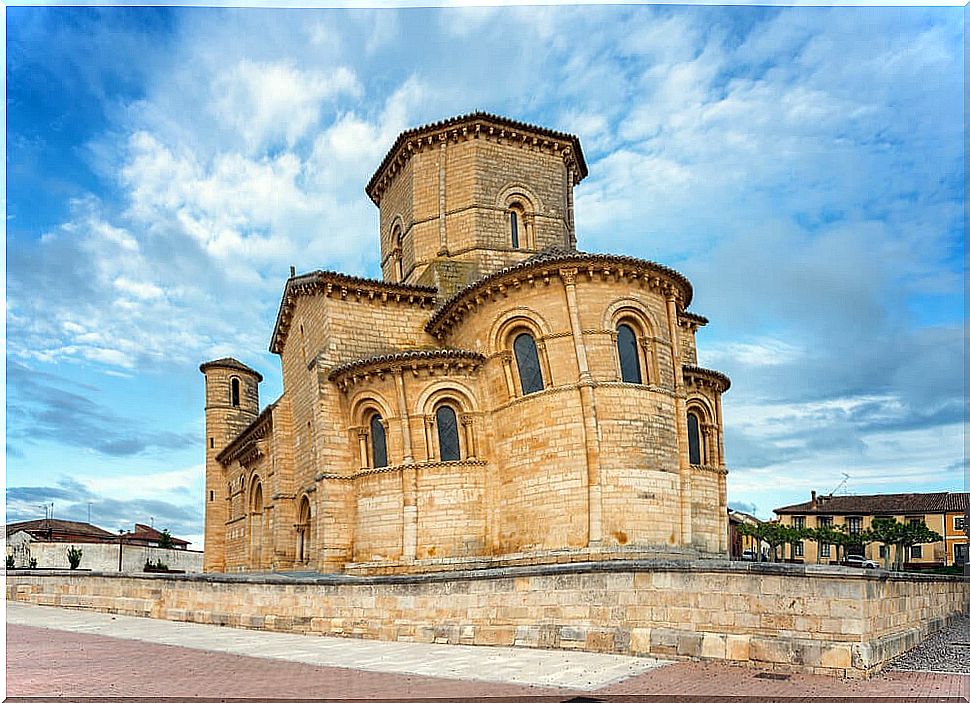
The province of Palencia is a magnificent example of the strengths of inland tourism in Spain. It is a place with landscapes with its own personality and where there are towns with a long history where you can enjoy charming accommodations, as well as spectacular cuisine. As if that were not enough, it has a medieval heritage of great relevance. We approach the Romanesque in Palencia.
Romanesque art in Palencia
The set of Romanesque art in the lands of Palencia is not only of the highest quality, it is vast. Surely, it is the province that has the most examples of Romanesque architecture, along with those that are also preserved in the territory of Zamora. For this reason, here we have been forced to make a brief selection with what seems to us to be the most relevant of Palencia’s heritage.
Aguilar de Campoo
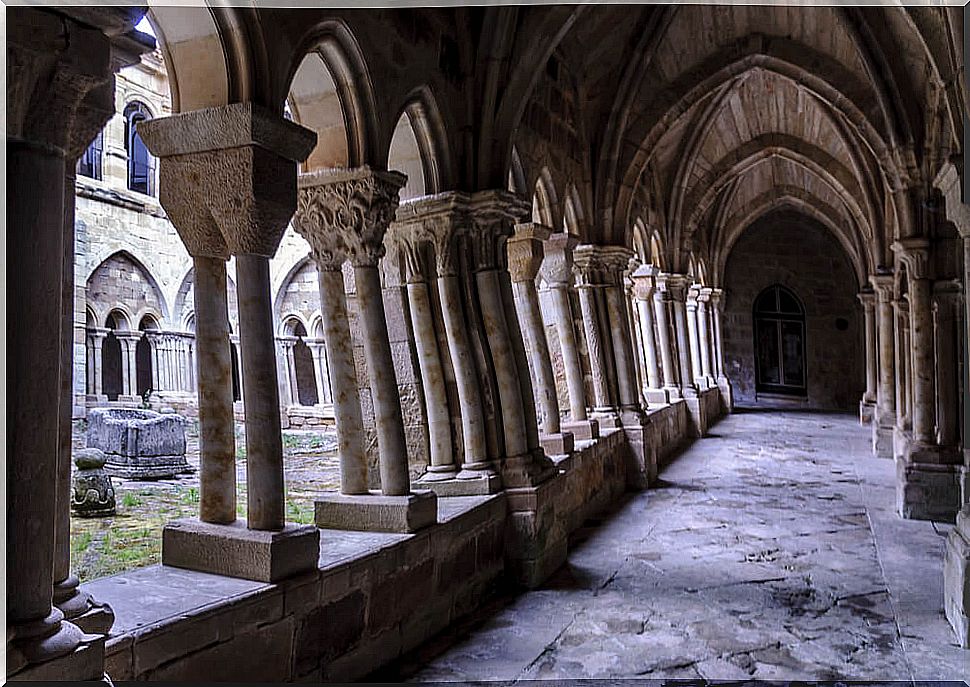
Aguilar de Campoo is not only one of the most beautiful towns in Palencia, it is actually among the most spectacular in all of Castilla y León. And it is so thanks to its impressive historical heritage in which several Romanesque buildings stand out.
One of them is the hermitage of Santa Cecilia, under the castle. And very close is the imposing monastery of Santa María la Real, which is the headquarters of the Romanesque Museum, the perfect starting point for this tour.
Santa Maria de Mave
The monastery of Santa María de Mave is also worth visiting. It is an old Benedictine monastery that today is a magnificent place to spend a night and, incidentally, savor the traditional gastronomy of Palencia there. Without a doubt, an ideal way to immerse yourself in the history of these Castilian lands.
Church of Juan Bautista in Moarves de Ojeda
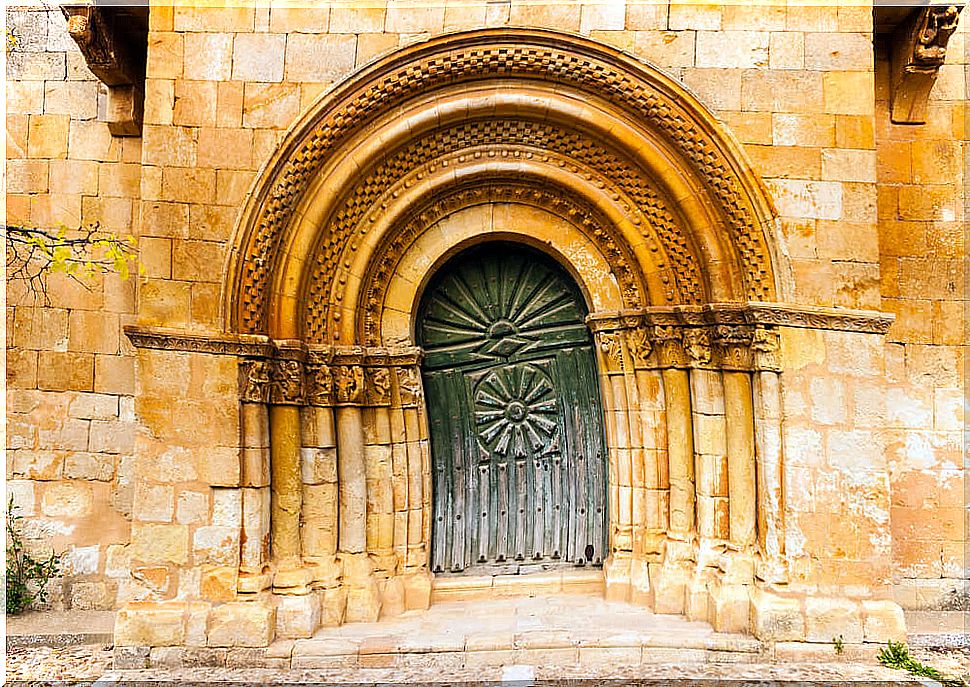
One of the greatest Romanesque jewels in Palencia is kept in the small town of Moarves de Ojeda. This 12th century church is a wonderful example of medieval stonework architecture. It is also true of the mastery of the stone sculptors, who here created a splendid façade and, above all, a unique apostolate.
Villanueva de la Torre, another Romanesque in Palencia
Not all Romanesque art in Palencia are temples. There is also some sample of military architecture, such as the robust 11th century tower that is kept in Villanueva de la Torre. However, in the same town there is also the church of Santa Marina, with another bell tower from the 12th century of exquisite workmanship.
Church of San Cipriano de Revilla de Santullán
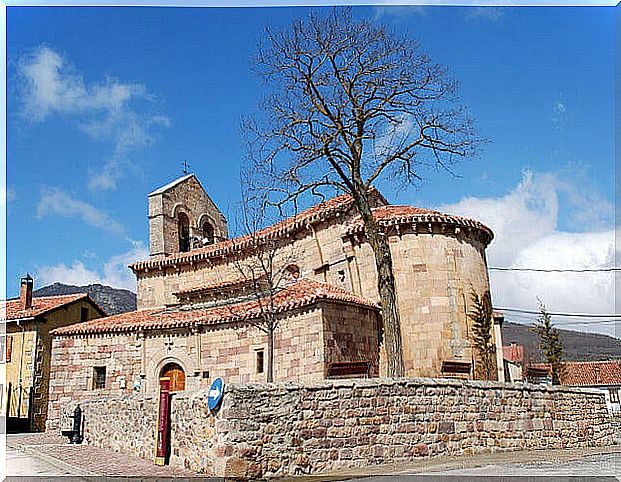
In the case of this church, we must not only talk about its medieval architecture or its stone reliefs. In addition to that, in San Cipriano some of the mural paintings that centuries ago fully decorated the entire apse of the temple have survived to this day.
Hermitage-cave of San Vicente de Cervera de Pisuerga
Another very interesting typology that is preserved in Palencia is that of the hermitage-cave of San Vicente, on the outskirts of the monumental town of Cervera de Pisuerga. This is an example of the original almost pre-Romanesque rock hermitages that gave rise to the later temples. It is a place steeped in history that, in addition, has in its surroundings the tombs of an old necropolis.
Church of Santiago de Carrión de los Condes
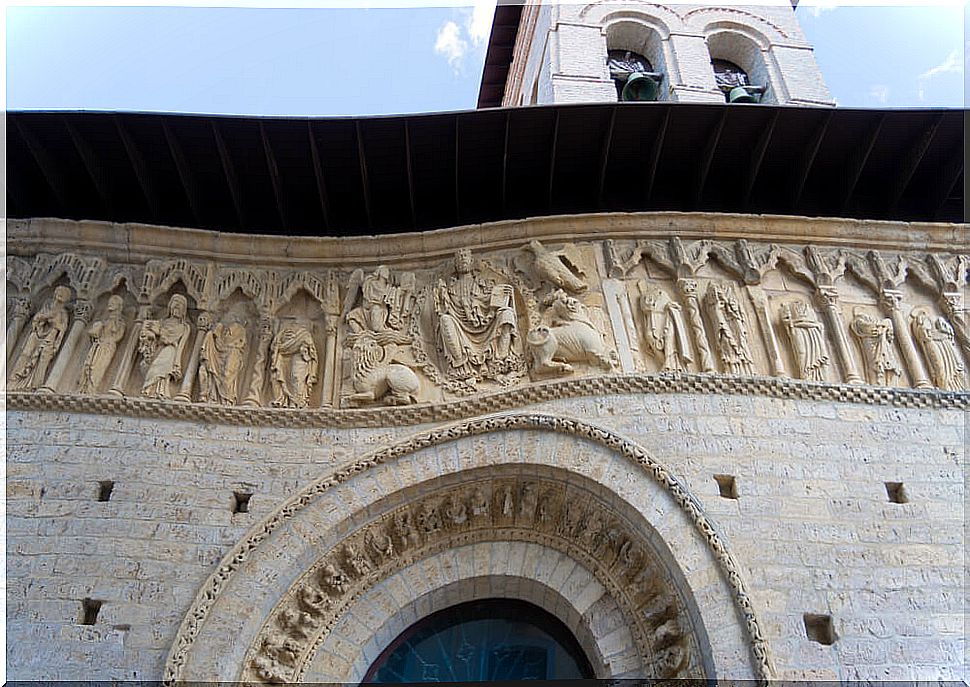
Another of the most heritage towns in the province is Carrión de los Condes. There are several examples of medieval art, such as the church of Santa María, the oldest in the town, or the monastery of San Zoilo.
But we want to highlight the facade of the church of Santiago, both for its wonderful sculptural ensemble, and for being a prominent temple on the Jacobean Route to the apostle’s tomb in Compostela.
Crypt of San Antolín in Palencia
There are dozens of Romanesque temples scattered around the towns and villages of Palencia. Even the samples of this medieval art are discovered in the capital, in the Palencia cathedral itself. There is the historical Crypt of San Antolín, which has its origins in the time of the Visigoths, but in the 11th century it was enlarged and rebuilt following the dictates of Romanesque art.
San Martín de Fromista, another Romanesque jewel in Palencia
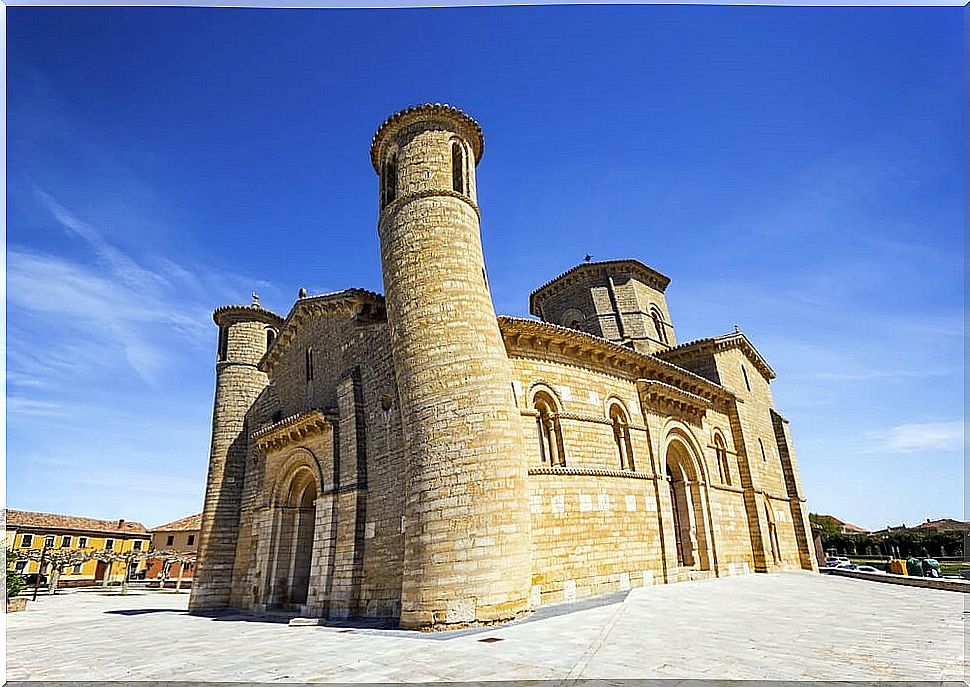
However, this Romanesque route through Palencia would not be complete without mentioning the most spectacular work of all. The church of San Martín de Tours in the town of Frómista. It is an 11th century temple that is not only one of the best of Castilian Romanesque, but is also considered a masterpiece of this style throughout Europe.
